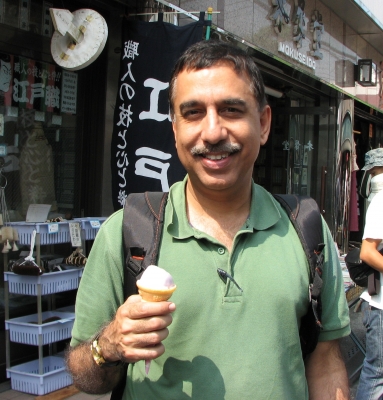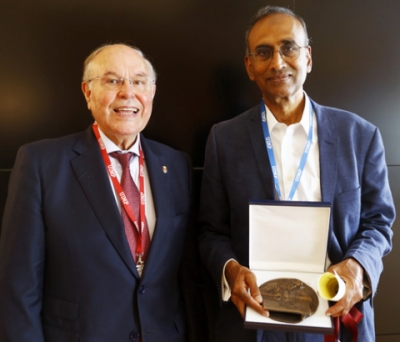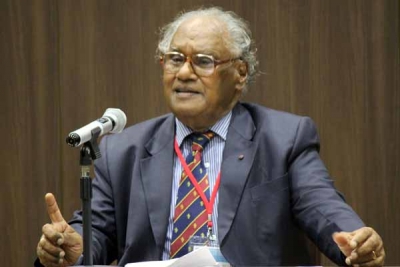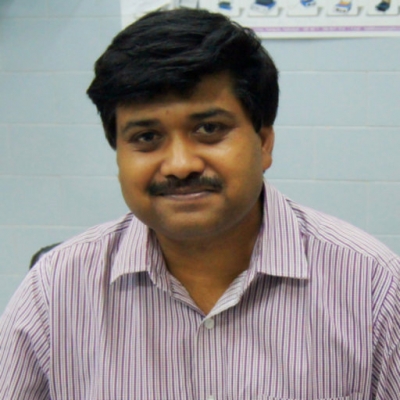
MOONS
Moons, also known as satellites, are relatively small worlds that orbit the planets of the Solar System. Earth has one moon, known simply as the Moon, but other planets have many more - Saturn, for example, has at least 18 moons. Moons are very varied in size and form. Many have unusual landscape features that intrigue astronomers.
Moons are created in different ways. Some are the result of fragments of rock or ice being pulled together by gravity to form a globe. Others are asteroids that have been “captured” by a planet’s gravitational force.
All seven of the moons illustrated here larger than the smallest planet, Pluto, while the largest moons, Ganymede and Titan, are even bigger than Mercury, the second smallest planet. Jupiter’s four largest moons are all in the top seven. They are called the “Galileans” after the Italian scientist Galileo Galilei who first discovered them with one of the first telescopes in 1610. Ganymede has an icy surface with cratered plains and areas showing strange “grooved” patterns.
Titan, Saturn’s largest moon, is the only moon to have a thick atmosphere, made mainly of nitrogen. Beneath its continuous cloud layer, there may be a sea of methane.
Callisto, Jupiter’s second largest moon, is heavily cratered. Measuring 600 kilometres across, its most prominent crater, called Valhalla, is surrounded by a series of ripples. Io, the third of Jupiter’s Galileans, with its crust a vivid mixture of yellows, oranges, reds and blacks, looks a little like a pizza. In fact it is peppered with active volcanoes and lakes of molten rock.
Our own Moon is the fifth largest moon in the Solar System, although it would take 81 Moons to make up a world the size of Earth. The Moon’s lava plains indicate past volcanic activity, but there are no active volcanoes there today.
Next in order of size comes Europa, the fourth Galilean and an object of great interest amongst astronomers. Looking like a cracked egg, its surface consists of ice sheets that are continually melting and re-solidifying. It is by no means impossible that, beneath those ice sheets, there is a warm ocean of liquid water. Could it be that life has also evolved on Europa and that there are life-forms swimming in its oceans? Future space probe missions may find out.
Triton is Neptune’s largest moon. Its surface is the coldest place known in the Solar System. At -235°C, the temperature is low enough to freeze nitrogen. Triton was photographed in stunning detail by Voyager 2, the last of its close encounters, in 1989.
Picture Credit : Google








 COMETS
COMETS 
 PLUTO
PLUTO  NEPTUNE
NEPTUNE 

